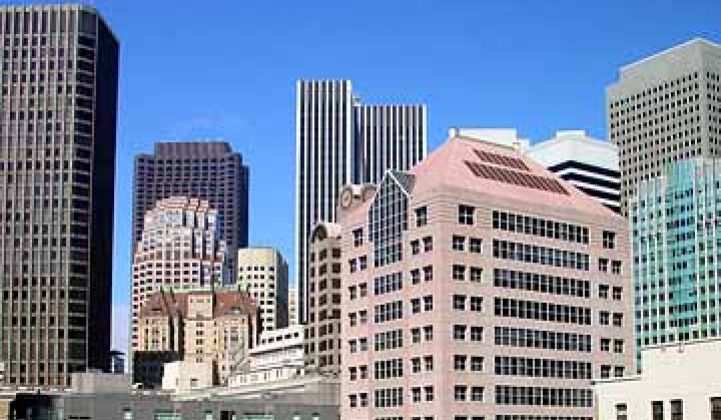The New Year ushered in various changes in California, including turnover in the Governor’s Mansion and a new set of statewide green building codes. Although there is little being built in the cash-strapped state at the moment, the latest codes are a step forward in making sustainability not just an added value for large LEED-certified buildings, but a mandate for all builders.
California has long been a leader in environmental issues. What the Golden State adopts, many others are bound to follow, as they have with fuel efficiency and energy reduction goals. But the CALGreen code also comes at a time when builders are already financially strapped and there is a variety of other green ratings systems, including LEED and, in California, Build It Green. But the statewide standards are a step forward, even if some would like to see more performance-based standards, such as ASHRAE.
“I think simpler is better for simpler projects,” said Phil Williams, Vice President of Webcor Builders, based in San Mateo.
Williams said that CALGreen and LEED are actually very similar, and so for counties and cities that have not updated their standards, this could be an easier and cheaper way to increase the efficiency of new buildings. The standards include measures for a 20 percent reduction in water use, recycling construction materials and using low- or no-VOC products.
In many California cities, however, such as San Francisco, San Jose and Los Angeles, there are already more stringent standards in place. In 2004, for example, Schwarzenegger ordered that all new state buildings meet at least the LEED silver level standards. Some non-profits, such as NRDC and Sierra Club, expressed concern that the statewide standards could undermine what has already been accomplished in those cities.
Another concern is that the standards are more prescriptive than performance-based, Williams noted -- meaning that builders essentially just need to check a box rather than use techniques that ensure a building will have improved performance. He pointed to the American Society of Heating, Refrigerating and Air-Conditioning Engineer’s latest sustainability code, which he said could have far greater implications beyond California, because they are more performance-based and are used nationwide.
Even if the California codes are copied in other states, like Oregon or Washington, it is still only a drop in the bucket compared to existing buildings. Matt Golden, President of retrofit company Recurve, noted that the latest codes are only one part of the puzzle, as the market is a much more effective way to drive higher sustainability building standards. “The real question," he asked, "is as a consumer, do you realize the benefit?”
Realizing the benefit could come a lot quicker if states like California adopt regulations that would make the energy consumption disclosure mandatory at point of sale for commercial buildings. Currently, the California Assembly Bill 1103 requires just that. “It doesn’t require it to be good or bad,” said Williams, “It just makes it part of the transaction.” Although there are arguments that building green costs more, if the price of efficient buildings was more aligned with value, the market could drive higher standards more effectively than the mandated code. “Just having energy identified as part of the real estate deal could impact commercial real estate more than any green codes,” said Williams.
Critics argue that another set of standards is just that -- another layer of confusion for customers. But Williams argued that the owners of some small projects are not going to want to pay for third-party certification programs like LEED. With a slumping construction economy and only four days into the new codes, it will take a while to see if they affect positive change on the building industry in California. If they do, other cities, and then states, are likely to follow suit.
“California has always been way ahead, and it has driven the nation forward,” said Golden. “I’m sure if we can make it work in California, then you’ll start to see it other places.”
Research Spotlight

Will CALGreen Building Codes Be Adopted in Other States?
The code asks for a 20 percent reduction in water use and could make energy-efficient construction cheaper.

Will CALGreen Building Codes Be Adopted in Other States?
-
41Where Will DOE’s Loan Program Make the Next Climate Tech Investments?
-
15What the Frack Is Happening With Natural Gas Prices?
-
9With an Energy Crisis Brewing, No Peak in Sight for Emissions


